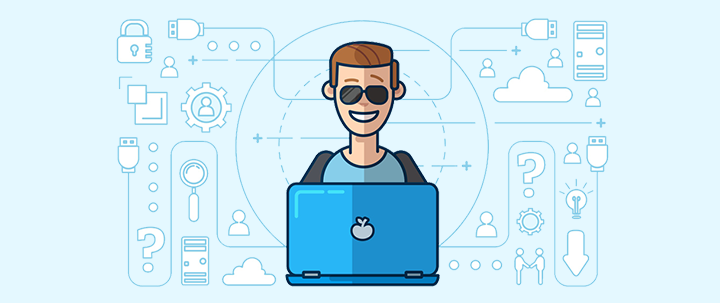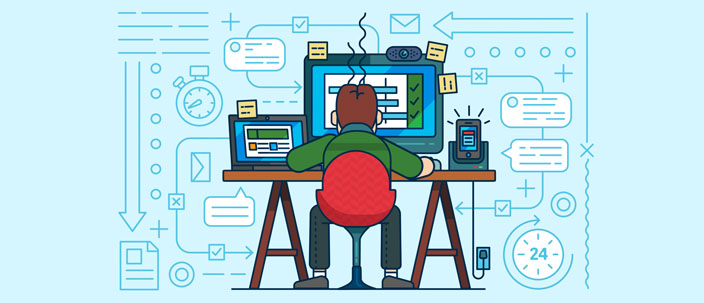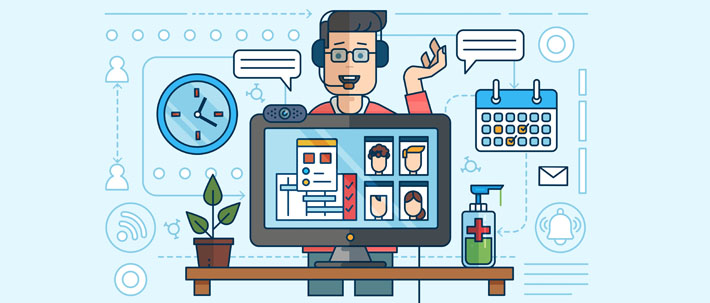By Jessy Smulski (Tech Writer)
Something unexpected became essential in 2020, and it wasn't hand sanitizer. The real lifeline that IT entrepreneurs clung to this year was technology, as businesses were forced to embrace digital transformation to survive.
IT helpdesk and MSP managers and their teams became comfortable with remote collaboration software, and cloud connectivity became as ubiquitous as the internet.
As the business world figured out how to operate remotely, techs worked hard on the back-end, making sure software and applications worked correctly.
IT managers and entrepreneurs had to figure out how to provide remote support while bailing water out of what often felt like a sinking ship.
Like a 100-year storm, all channels flooded with tech questions and issues, setting burnout rates among helpdesk employees at an all-time high.
Like after a grueling workout, it's now refreshing to look back and think, we survived that, but most tech managers are ready to put 2020 firmly in the past, which begs the question—what else should they leave behind?
Few things reveal inefficiencies like multiple crises occurring at once. Here are five bad habits that IT helpdesk managers and operators should ditch as they prepare for a hopeful new year:
Over-Scripting Conversations With Customers
If a customer wanted to speak with a robot, they’d go online and do it. This is the era of Artificial Intelligence, after all. To be fair, it’s not always easy to find the right words when communicating with someone who is frustrated or  outwardly angry. Add stress and burnout to the mix, and sometimes it’s just easier to flip the autopilot switch. While a little forethought can help IT technicians sidestep the pitfalls of conflict, solving problems for someone else is a lot more rewarding when you feel connected to the individual and their plight. Ditch the script and challenge yourself to invest differently in each case. You may be surprised by how much it changes your workplace experience.
outwardly angry. Add stress and burnout to the mix, and sometimes it’s just easier to flip the autopilot switch. While a little forethought can help IT technicians sidestep the pitfalls of conflict, solving problems for someone else is a lot more rewarding when you feel connected to the individual and their plight. Ditch the script and challenge yourself to invest differently in each case. You may be surprised by how much it changes your workplace experience.
Focusing Too Much on the Technical Issue and Not Enough on Context
True, your job is to solve problems. However, the issue from a user’s point-of-view may not look the same as it does from a helpdesk technician’s point-of-view.
Take payroll software, for example. Let’s say a user submits a helpdesk ticket because their payroll software is not operating correctly. While a helpdesk technician sees the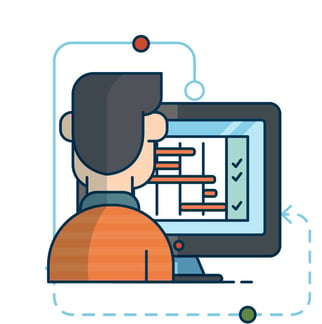 problem as a bug in the software, the user sees the problem as not having the means to get payroll done on time.
problem as a bug in the software, the user sees the problem as not having the means to get payroll done on time.
Without context, the technician may choose a thorough process of elimination to determine the right solution. In doing so, they discover a fix for the software, but they fail to solve the user’s real problem—meeting the payroll deadlines.
Prioritizing Response Time Above All Else
Striving for low response time is essential, but not at the expense of a personalized employee or customer service experience. If your helpdesk’s mode of operation is to churn and burn, you’re missing an important opportunity to connect with people and nurture user-product or employee-employer relationships.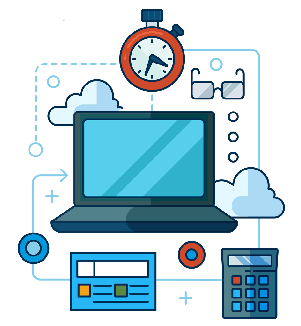
The most effective way to achieve low response times without jeopardizing the quality of each interaction is to implement a help desk software solution with asset tracking and customer history reporting.
Having immediate access to specific details about a user’s equipment and service history will allow technicians to skip the preliminary chit-chat, eliminate possible causes, and identify solutions faster, all-the-while sparing enough time for thoughtful conversation that provides greater context around the user and situation.
Ignoring The Importance of Retrospection
By nature, helpdesks are reactive environments that do not make reflection or revision easy. This might explain why recurring issues are a common pain point for helpdesk operators.
While finding solutions on the fly is an important aspect of a helpdesk's workflow, teams must also prioritize the development of a review process and catalog solutions for later use.
A record of problems and solutions will allow technicians to collectively learn more about the product through each other’s experiences. Helpdesk teams can also develop a knowledgebase with FAQ’s and self-service tools that allow users to solve some of their own problems and reduce ticket volume.
Treating IT Service Management (ITSM) Software Like A Paperweight
According to the latest study, about 80% of software features are “rarely or never used”. Despite a propensity for technology, helpdesk operators are not exempt from this statistic. As organizations recover from the disruptive events of 2020, all professionals will need to find ways to do more with less, especially those in essential roles, such as IT management. Budgets are tight, expectations are high, and the only way to deliver is by maximizing every tool at your disposal.
To that end, the more integrative your helpdesk ticketing software is—the better. Simplicity and efficiency are the unofficial themes of 2021. If your helpdesk platform doesn’t offer a suite of IT helpdesk management tools (including remote monitoring software) and an intuitive user experience, plan to leave it behind with other bad habits and implement a system that makes sense.



%201.png?width=559&height=559&name=close-up-women-working-with-devices%20(1)%201.png)



